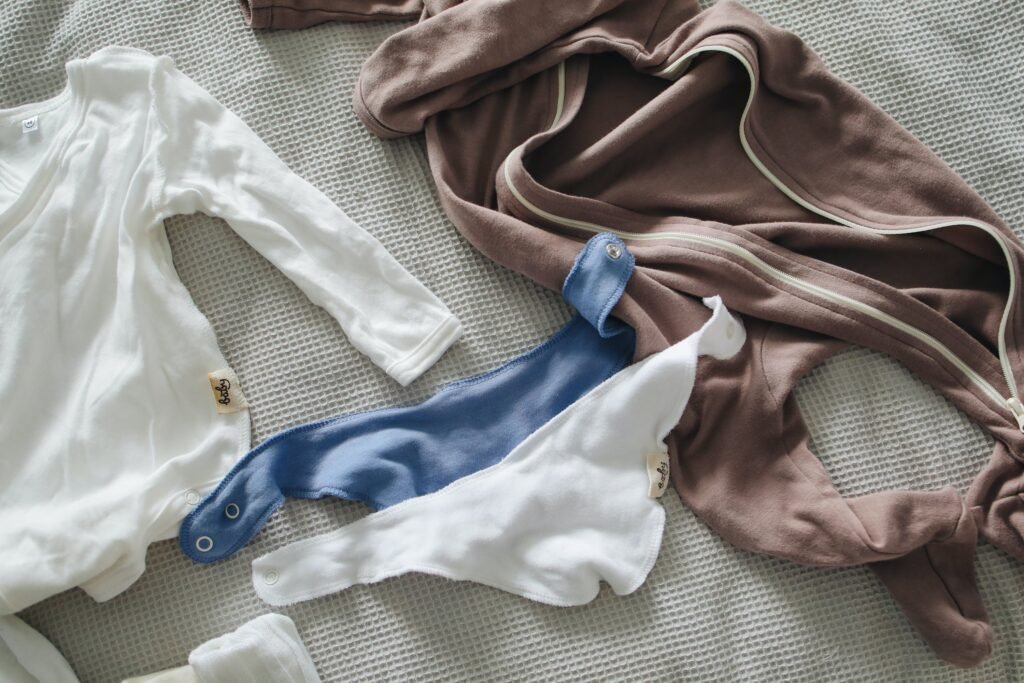
Bringing your newborn home is a heartwarming experience, filled with tender moments and new discoveries. Swaddling, a centuries-old practice, offers a comforting embrace for your little one. In this comprehensive guide, we’ll delve into the essentials of swaddling, presenting ten steps from its benefits to proper techniques, ensuring your baby experiences a snug and secure environment.
Table of Contents
Understanding Swaddling
Swaddling is a time-honored practice involving wrapping a baby snugly in a soft cloth or blanket, replicating the womb’s secure feeling. This technique helps limit the startle reflex and promotes better sleep patterns.
Benefits of Swaddling {#benefits}
The benefits of swaddling are numerous. It provides a soothing effect, prevents infants from accidentally scratching their faces, and fosters a sense of security, supporting more consistent sleep.
Proper Swaddling Techniques {#techniques}
Mastering the art of wrapping involves a few simple steps. Lay the blanket flat, place your baby on it, fold the corners to create a snug but not too tight wrap. The goal is to provide a secure and comforting cocoon without restricting movement.
Selecting the Right Wrapping Cloth

Choosing the appropriate fabric is crucial. Soft, breathable materials like muslin or cotton offer comfort and ensure your baby doesn’t overheat while wrapped.
Safety Measures in Sheathing
Safety is paramount. Make sure your baby’s hips have room to move while sheathing, and avoid covering their face. It’s essential to lay the baby on their back for sleeping.
Recognizing When to Stop Enwrapping
As your baby grows, they will start displaying signs indicating when it’s time to stop Enwrapping. Watch for cues like attempts to roll over or signs of discomfort while swaddled.
Alternatives to Enwrapping
Not all babies may find Enwrapping comfortable. In such cases, consider alternatives such as a sleep sack or a snug onesie to provide a similar sense of security.
Enwrapping and Sleep
Enwrapping significantly contributes to regulating a baby’s sleep patterns, providing a feeling of security that leads to longer and more restful sleep.
Enwrapping in Different Seasons
Adapting to changes in seasons is important. In warmer months, opt for lighter fabrics, while during colder weather, layer up for warmth and comfort.
Debunking Enwrapping Myths
Various myths surround Enwrapping, including concerns about hip dysplasia and potential developmental issues. It’s crucial to address and debunk these myths for a clearer understanding.
The Impact of Swaddling
Enwrapping plays a substantial role in a newborn’s comfort and sense of security. Employing proper swaddling techniques and paying attention to your baby’s cues create a safe and soothing environment.
Frequently Asked Questions About Swaddling / Sheathing
Is Sheathing safe for my baby?
Sheathing is safe when done correctly. Avoid wrapping too tightly and allow room for your baby’s hips to move.
When should I stop Sheathing my baby?
Most babies show signs of readiness to stop swaddling around 2-3 months when they start rolling over or appear uncomfortable.
What if my baby doesn’t like being Sheathing?
If your baby doesn’t enjoy being Sheathing, try alternative methods like using a sleep sack or a snug onesie.
Can Sheathing help my baby sleep better?
Sheathing can indeed improve your baby’s sleep by providing a sense of security and comfort, leading to longer and more restful sleep.
Are there any risks associated with Sheathing?
Improper Sheathing can pose risks like overheating or restricted hip movement. Adhering to safety guidelines is crucial.
Conclusion
Sheathing, an ancient practice, is an invaluable method to provide comfort and security to newborns. It creates a nurturing environment for better sleep and overall well-being. By understanding and correctly applying swaddling techniques, you can ensure a cozy, secure experience for your little one, making a world of difference in their early development.
Sheathing is a time-honored practice that stands the test of time, offering new parents a reliable and effective tool for the comfort and sleep of their newborns. It’s a simple yet powerful way to ensure the best for your little bundle of joy.

Leave a Reply